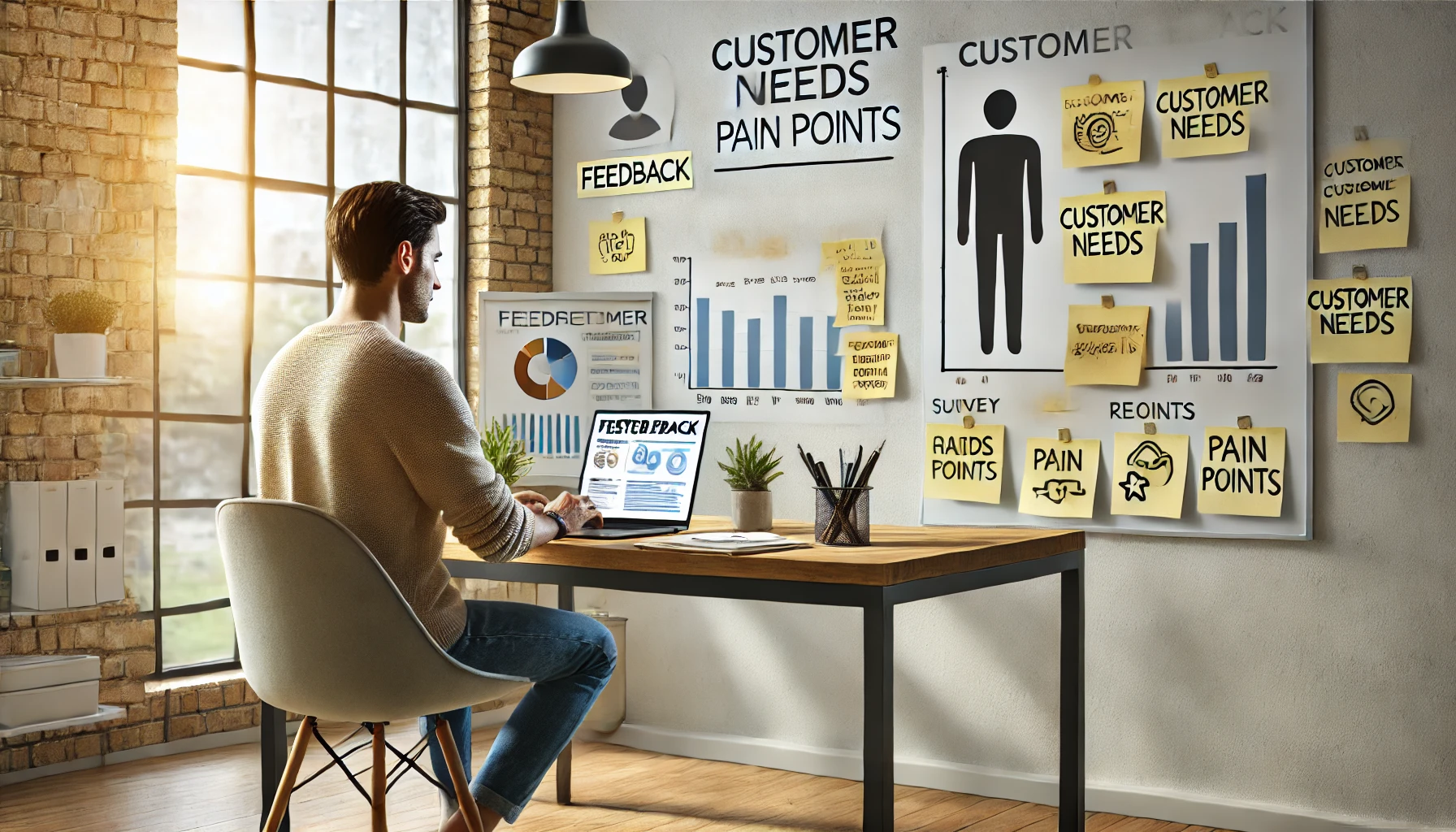Success in business starts with one core skill: understanding your customer. When you know exactly what your customers want, need, and value, you can create better products, improve your service, and market with clarity and confidence.
But many small business owners rely on guesswork. In this article, you’ll learn how to really understand your customers—so you can grow your business based on insight, not assumption.
1. Talk to Your Customers Directly
There’s no better way to learn about your audience than by having real conversations.
✅ Ways to ask:
- One-on-one chats (via phone, video call, or in person)
- Casual DMs or emails
- Voice notes asking for quick feedback
Ask questions like:
- “What made you choose my product/service?”
- “What was your biggest challenge before finding me?”
- “How can I serve you better?”
Don’t guess—ask.
2. Send Short, Friendly Surveys
Surveys give you insights at scale. They’re great for spotting patterns and preferences across your customer base.
✅ Tools to use:
- Google Forms (free and easy)
- Typeform (beautiful UX)
- Instagram stories (polls and Q&A boxes)
Keep it short (3–5 questions max). Offer a small incentive, like a discount or freebie, to encourage responses.
3. Read Customer Reviews (Yours + Competitors’)
Reviews are full of gold. They tell you what people love, what they’re missing, and what they expect.
✅ Look at:
- Your own reviews (check social media, Google, Etsy, etc.)
- Reviews of your competitors
Questions to ask:
- What words do people use repeatedly?
- What problems are they trying to solve?
- What do they value most—price, quality, speed, experience?
Use this to adjust your messaging and offers.
4. Track Customer Behavior
If you have a website or online store, data shows you what customers are doing (and not doing).
✅ Use tools like:
- Google Analytics – see what pages people visit, how long they stay, and what they click
- Hotjar – watch how people interact with your site
- Shopify or WooCommerce analytics – see top-selling products and customer paths
Patterns reveal what matters to your audience.
5. Identify Their Core Problem
Customers don’t buy products—they buy solutions to their problems.
✅ Ask:
- What are they struggling with?
- What do they wish they had more of? (Time, clarity, joy, organization?)
- How does your offer make their life easier or better?
Your marketing should speak directly to this core problem—and how you solve it.
6. Listen on Social Media (Even When You’re Not Tagged)
Your ideal customers are talking all the time on social media—even if they’re not talking to you directly.
✅ Try this:
- Follow hashtags related to your niche
- Join Facebook groups, Reddit threads, or forums
- Look at competitors’ comment sections
Pay attention to:
- Questions people ask
- Frustrations they share
- Content they engage with
Social listening helps you speak your customers’ language.
7. Create a Customer Avatar (Profile)
Once you’ve gathered data, create a detailed profile of your ideal customer.
Include:
- Age, gender, location
- Profession or daily life situation
- Hobbies, values, challenges
- What they want from your product or service
- What makes them say “yes” or “no” to buying
✅ Tip: Give this customer a name, like “Sustainable Sarah” or “Busy Dad Ben.” It’ll help guide all your business decisions.
8. Ask for Feedback After the Sale
After a customer buys, it’s the perfect time to ask:
- “What did you love?”
- “What could be better?”
- “Would you recommend us to a friend?”
✅ Bonus: Use their answers as testimonials (with permission) or to improve your offer.
Customers appreciate being heard—and your business gets better because of it.
9. Notice What People Don’t Say
Sometimes, silence speaks volumes. If people:
- Don’t open your emails
- Don’t engage with your posts
- Leave your site quickly
…these are signs something isn’t clicking.
✅ Ask: Is the message clear? Is the value obvious? Am I solving the right problem?
It’s not personal—it’s valuable feedback.
10. Keep Learning From Your Customers
Understanding your customers isn’t a one-time task—it’s ongoing.
✅ Make it a habit to:
- Check in with past clients
- Revisit reviews monthly
- Update your customer profile as trends shift
- Test new offers and see what people respond to
The more you learn, the better you serve. And the better you serve, the more your business will grow.
When You Know What They Want, You Can Give Them More of It
Running a business becomes easier—and more profitable—when you stop assuming and start listening. Customers want to feel understood, and businesses that pay attention win their trust, loyalty, and word-of-mouth.
So start where you are. Ask a question. Read a review. Listen with intent. Your next big idea is probably something your customers are already trying to tell you.
